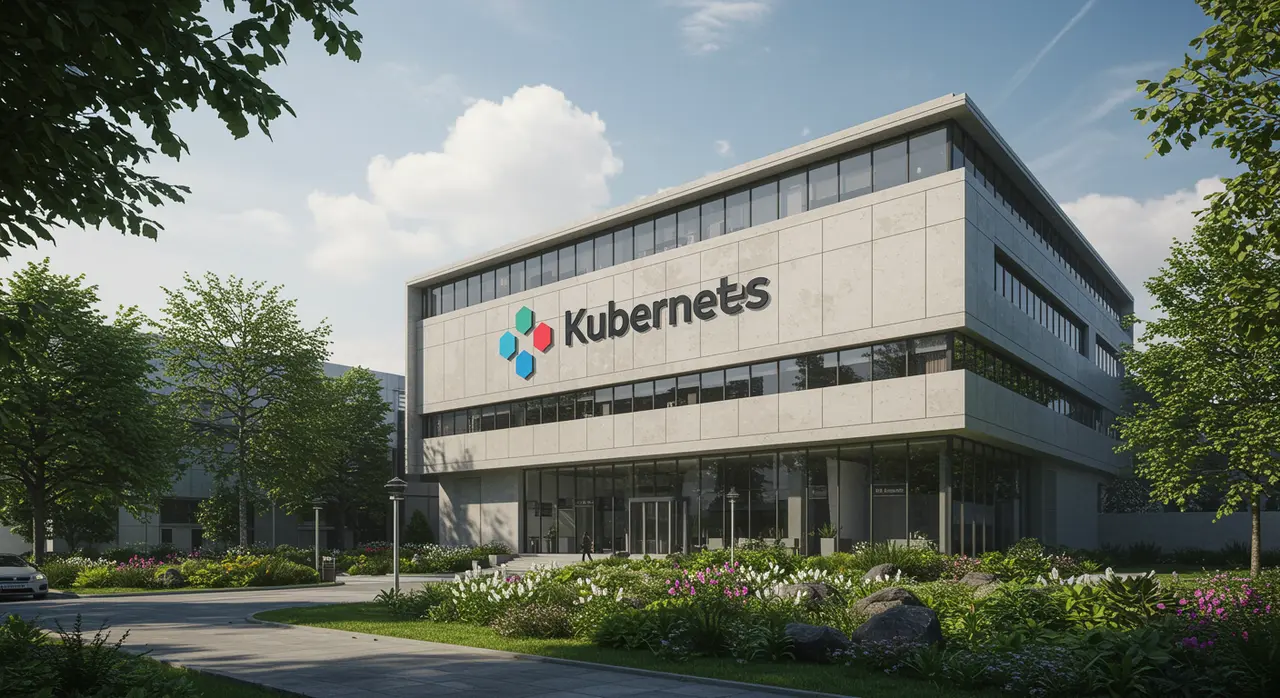Kubernetes at 10: Navigating the Promise and Challenges of Containerization
51 views
Kubernetes at 10: The Dual-Edged Sword of Containerization in Modern Cloud Computing
A decade ago, Kubernetes emerged as a bold experiment in orchestrating containers, a technology then in its infancy but brimming with potential. Today, it stands as the linchpin of cloud-native computing, with 80% of respondents in the latest Cloud Native Computing Foundation (CNCF) survey relying on it to manage their containerized workloads. Yet, as Kubernetes celebrates its tenth anniversary, the conversation around containers has evolved from one of unbridled enthusiasm to a more tempered acknowledgment of both their transformative power and their intricate challenges.
The meteoric rise of containers can be attributed to the simplicity they promise: a way to package applications with all their dependencies, ensuring they run seamlessly across environments. This platform neutrality, coupled with rapid deployment, scalability, and enhanced security, has made containers indispensable for modern software development. In an era where businesses are racing to deliver digital experiences faster than ever, containers offer the stability and adaptability needed to handle fluctuating traffic and growing user demands. However, the very characteristics that make containers so appealing—ephemeral, immutable, and lightweight—also present hurdles that developers and organizations are still grappling to overcome.

The Promise and Perils of Containerization
At their core, containers are designed to abstract away the complexities of the underlying infrastructure, allowing developers to focus on writing code rather than managing environments. This abstraction, however, is a double-edged sword. Debugging containerized applications can feel like peering into a black box, with errors often buried under layers of configuration files and dependencies. Build times, another persistent issue, can slow to a crawl as teams wrestle with conflicting configurations and integration woes. Collaboration, too, suffers when developers working in isolated containers struggle to replicate issues or share solutions.
For DevOps teams, the challenges multiply. Managing containers across multiple hosts requires sophisticated orchestration tools like Kubernetes, which, while powerful, come with their own steep learning curves. Provisioning resources for microservices—one of the key use cases for containers—demands a level of precision and foresight that can be difficult to achieve, particularly in dynamic cloud environments. Security, always a top concern, takes on new dimensions with containers. Their portability and widespread usage make them a tempting target for attackers, and the ephemeral nature of container instances can make it harder to detect and respond to breaches in real-time.
Adding to these difficulties is what many in the industry have dubbed the "container tax." This isn't a financial cost but a drain on productivity. Developers often find themselves bogged down by the minutiae of container management, from resolving dependency conflicts to navigating opaque error messages. These inefficiencies can stifle innovation, diverting time and energy away from building new features or improving user experiences. For organizations, the container tax represents a significant obstacle to achieving the agility and speed that containers are supposed to enable.
Bridging the Gap: Emerging Solutions and the Road Ahead
Recognizing these challenges, the tech industry has responded with a wave of new tools aimed at easing the pain points of container adoption. These solutions focus on bridging the gap between local development environments and remote container clusters, a divide that has long frustrated developers. Features like real-time testing and debugging, as well as the ability to simulate production-like environments locally, are helping to streamline workflows and reduce the friction associated with containerized development.
One promising trend is the rise of tools that integrate seamlessly with Kubernetes, providing developers with the visibility and control they need without overwhelming them with complexity. By automating routine tasks and offering intuitive interfaces, these tools are making it easier for teams to manage containerized applications at scale. Another area of innovation is in multicloud and serverless architectures, where containers play a crucial role but also introduce additional layers of complexity. Here, the focus is on creating pragmatic solutions that balance the need for innovation with the realities of cost management and operational efficiency.
As the industry continues to evolve, it's clear that the future of containerization will hinge on addressing the "last mile" challenges that developers face. This means not only refining the tools and platforms that support containers but also fostering a culture of collaboration and continuous learning within teams. After all, technology alone cannot solve the human challenges of communication, coordination, and shared understanding.
A Decade of Containers: What Lies Ahead?
As Kubernetes enters its second decade, it does so not as a nascent technology but as a mature and widely adopted standard. Yet, maturity brings its own set of expectations. Organizations are no longer content with simply adopting containers; they want to see tangible returns on their investment in terms of speed, agility, and innovation. For this to happen, the industry must move beyond the hype and confront the realities of container adoption head-on.
This means acknowledging that while containers can simplify some aspects of development, they also introduce new complexities that must be managed thoughtfully. It means investing in tools and practices that empower developers to work more efficiently and effectively, without being bogged down by the intricacies of container orchestration. And it means fostering a mindset of continuous improvement, where teams are encouraged to experiment, iterate, and learn from their experiences.
In many ways, the story of containers mirrors the broader journey of technology itself: a quest for simplicity that often leads to greater complexity, followed by a renewed effort to find balance. As we look to the future, the challenge will be to ensure that containers remain an enabler of innovation rather than a barrier to it. With the right tools, practices, and mindset, there's every reason to believe that the next decade of containerization will be even more transformative than the first.